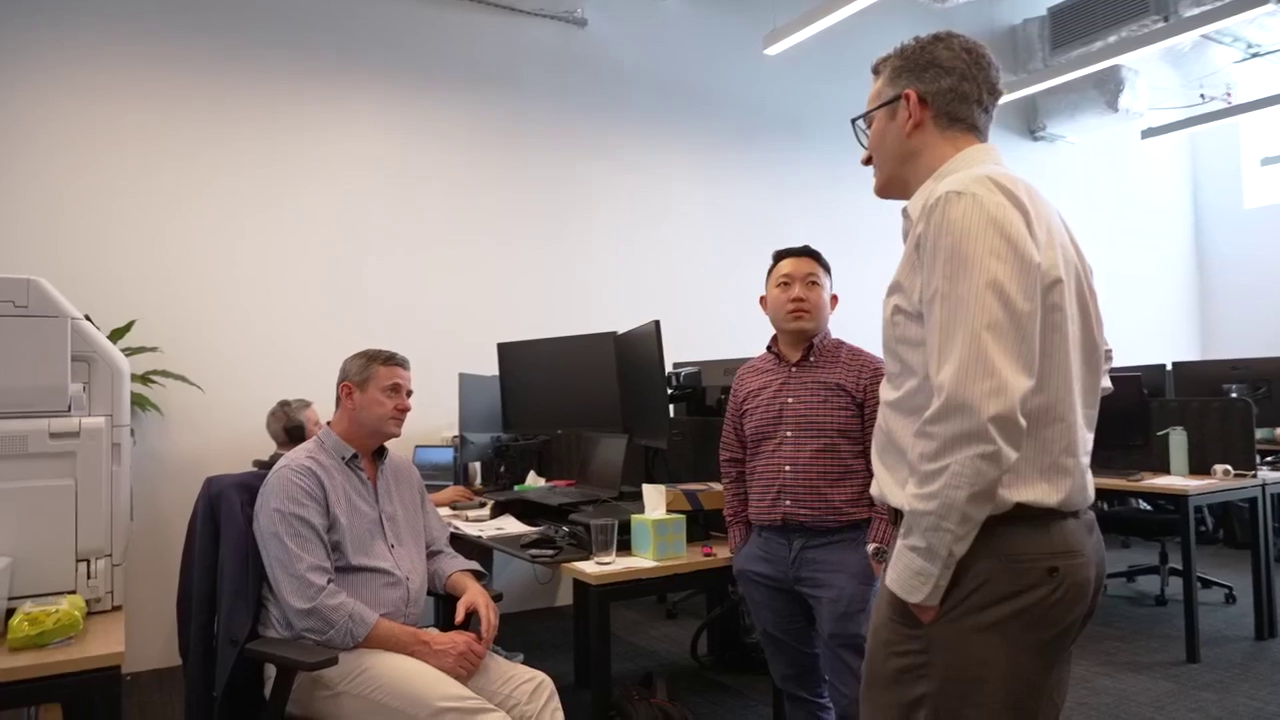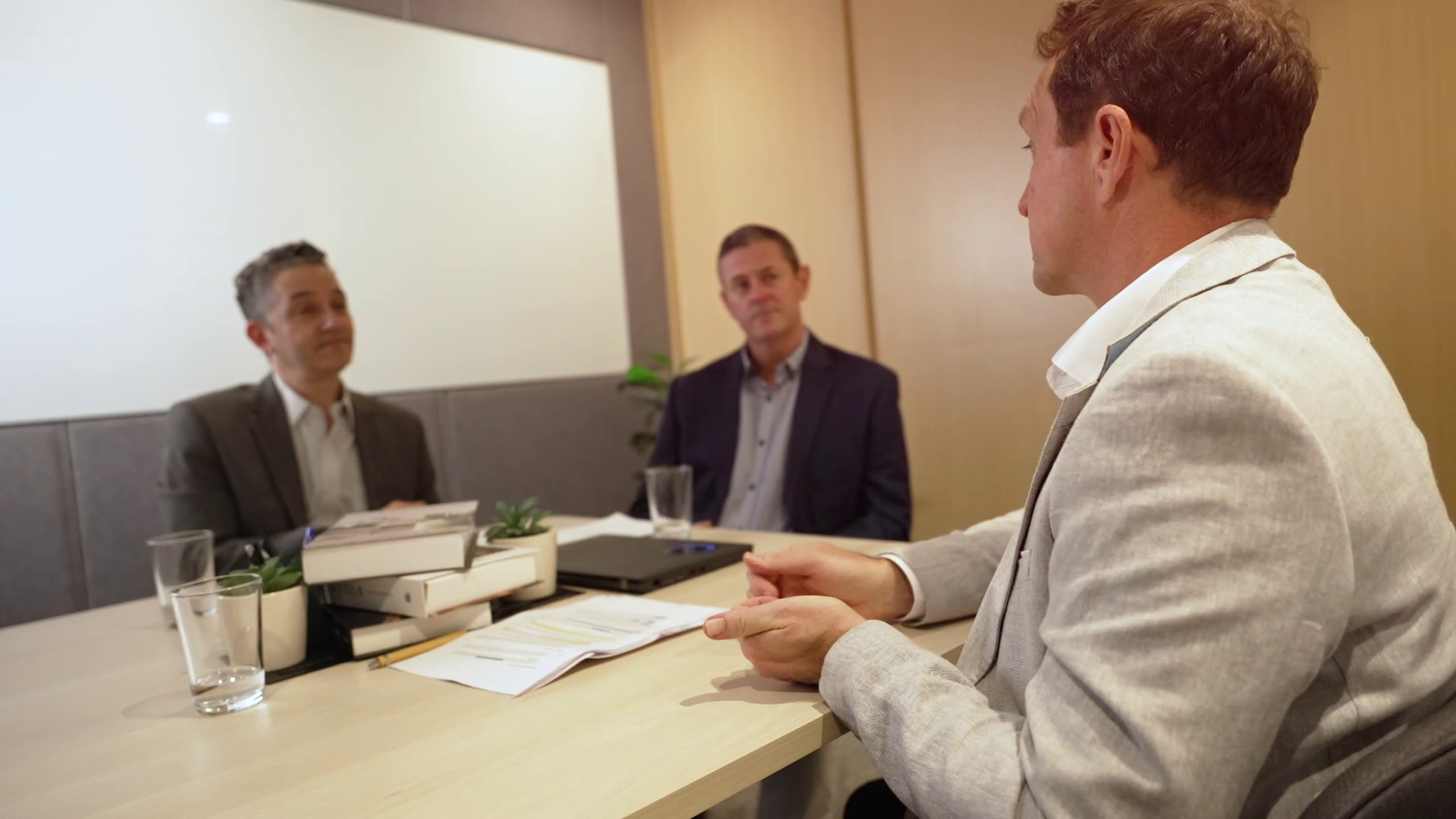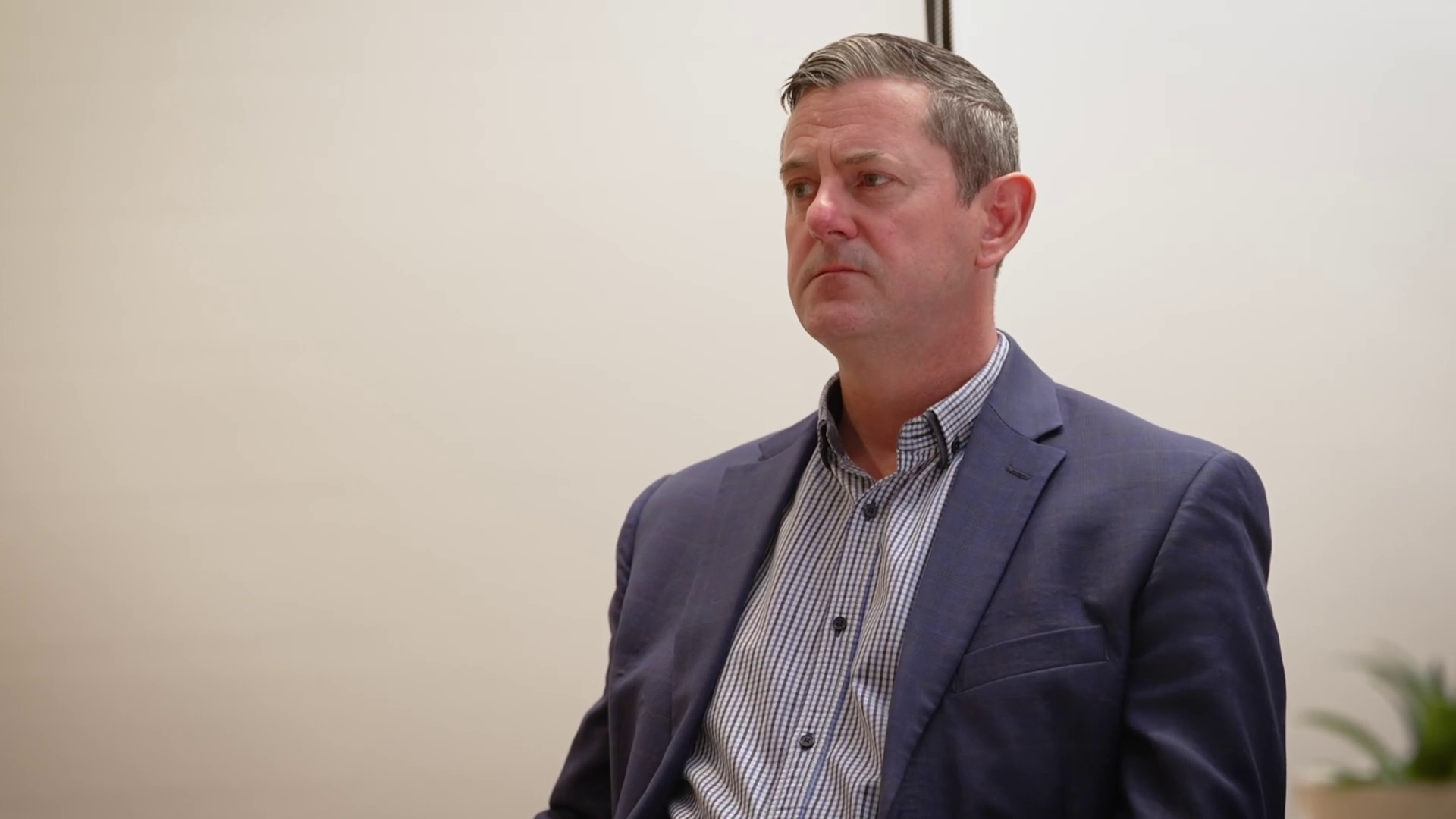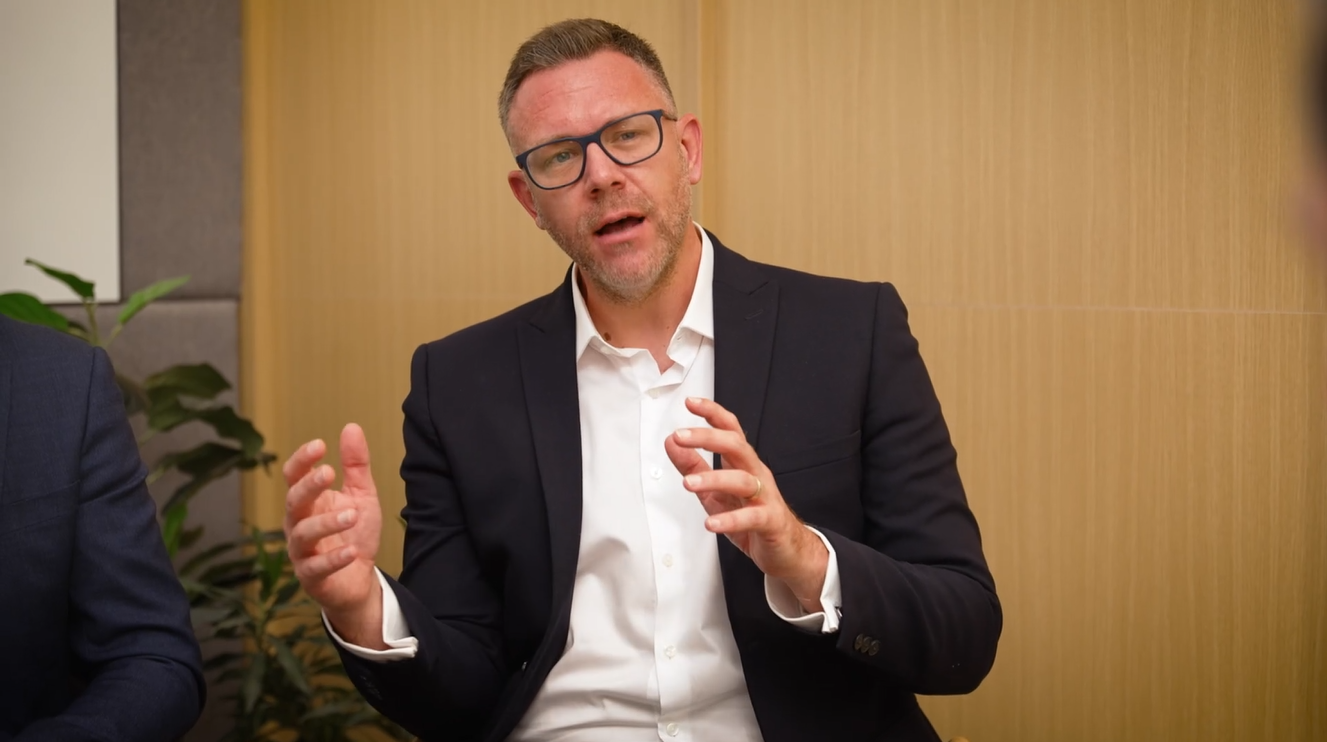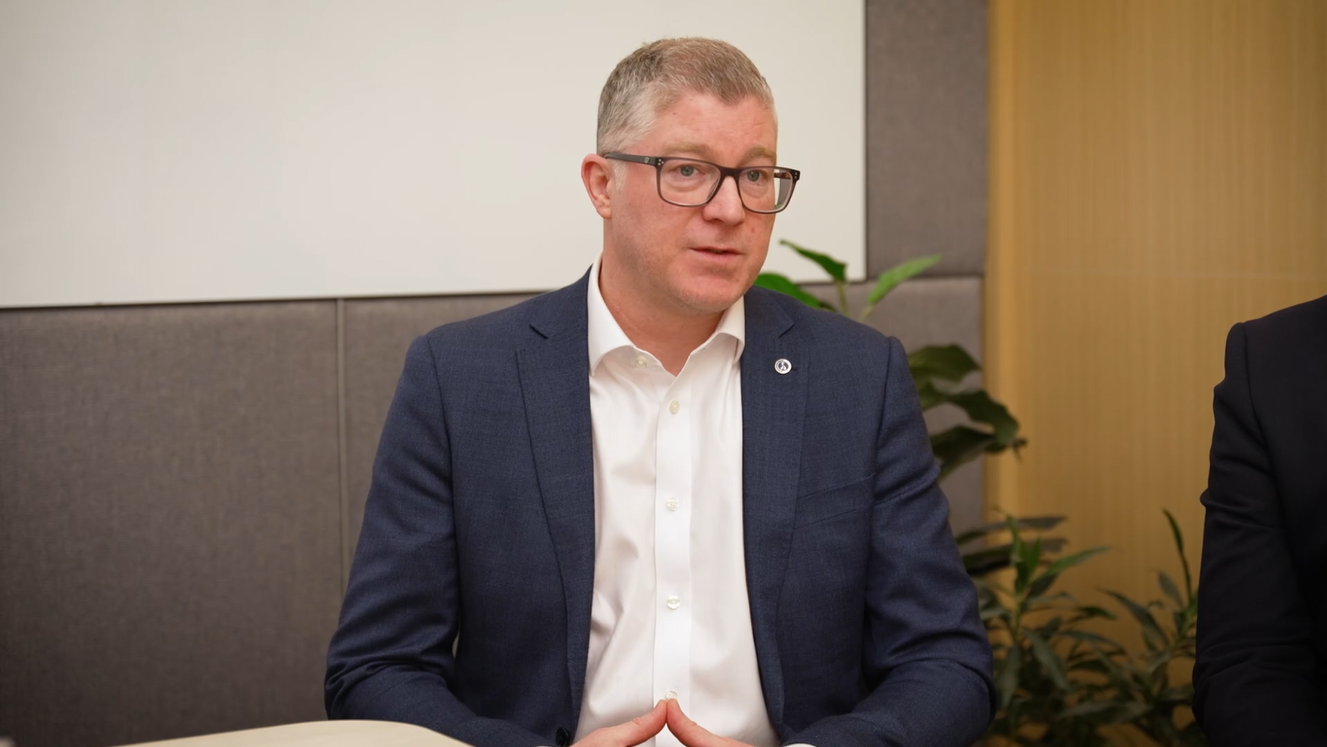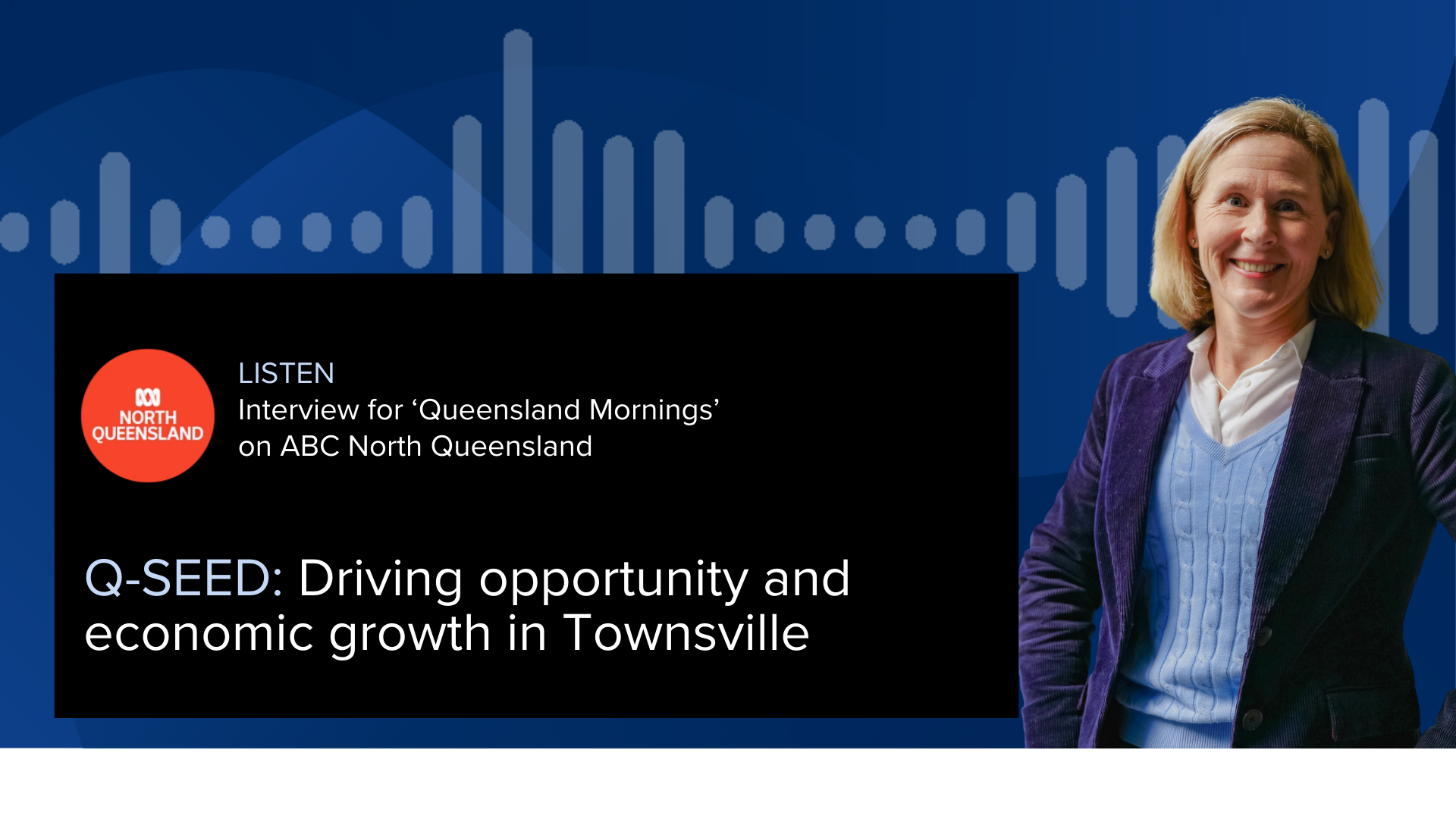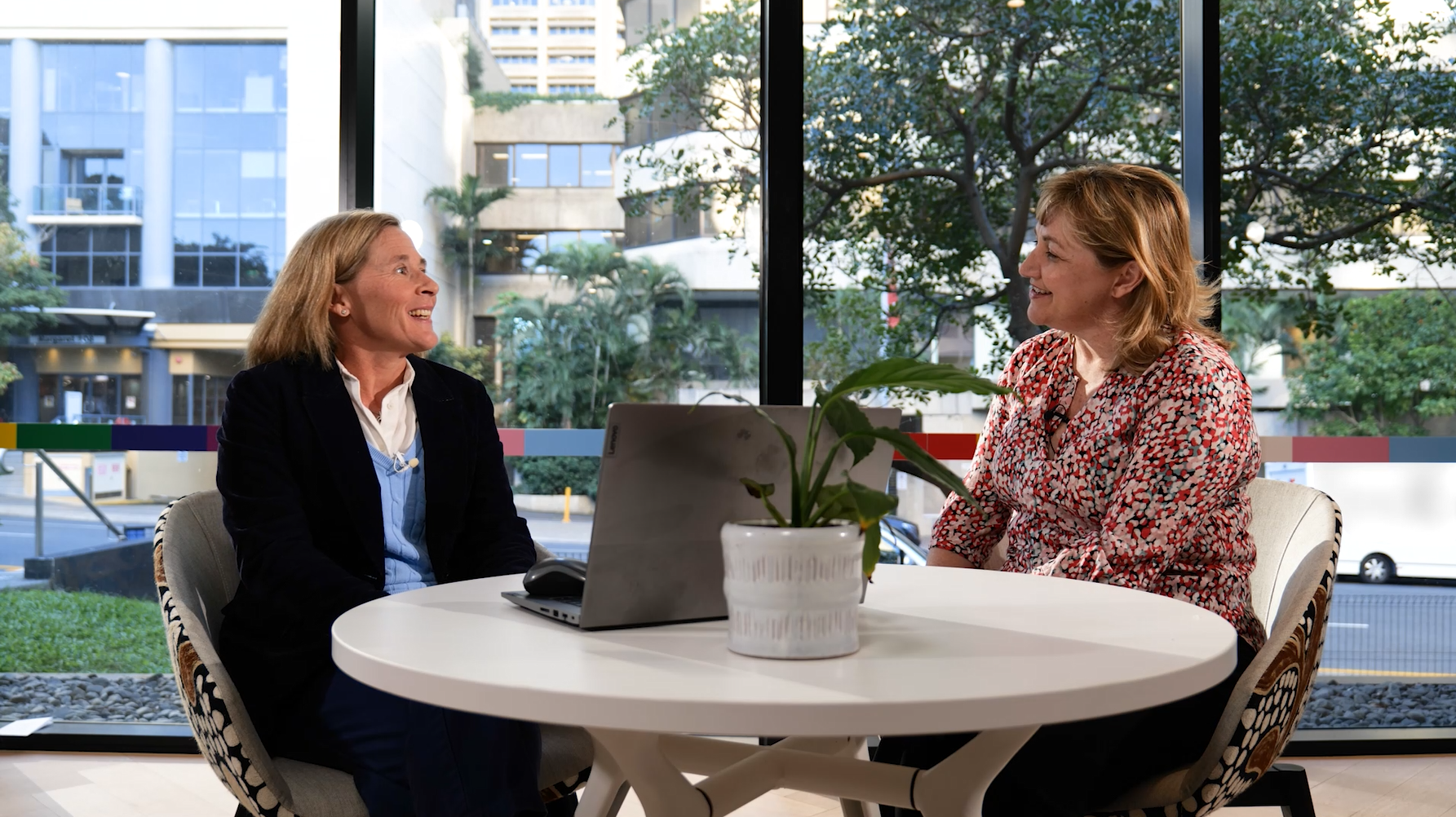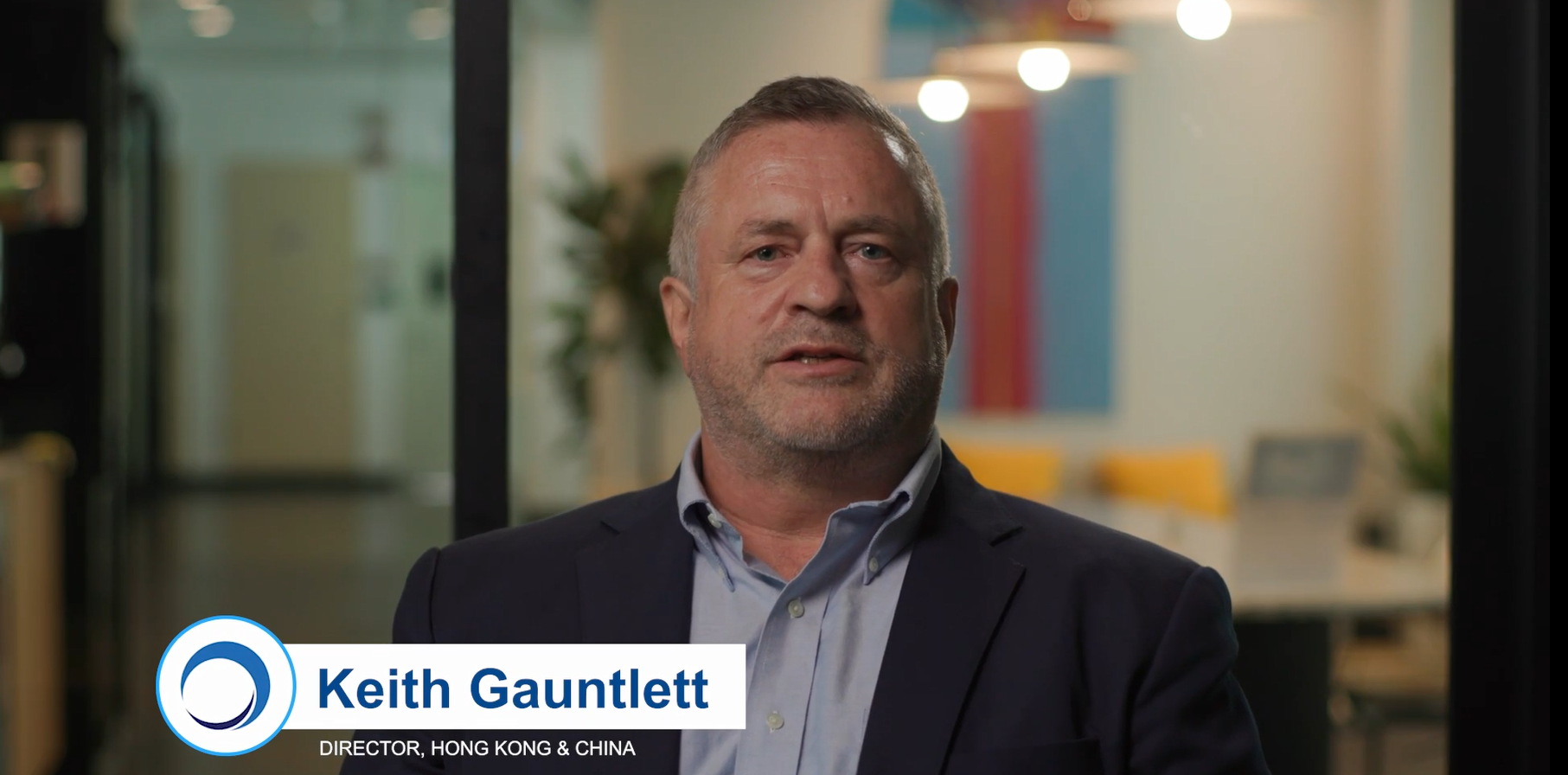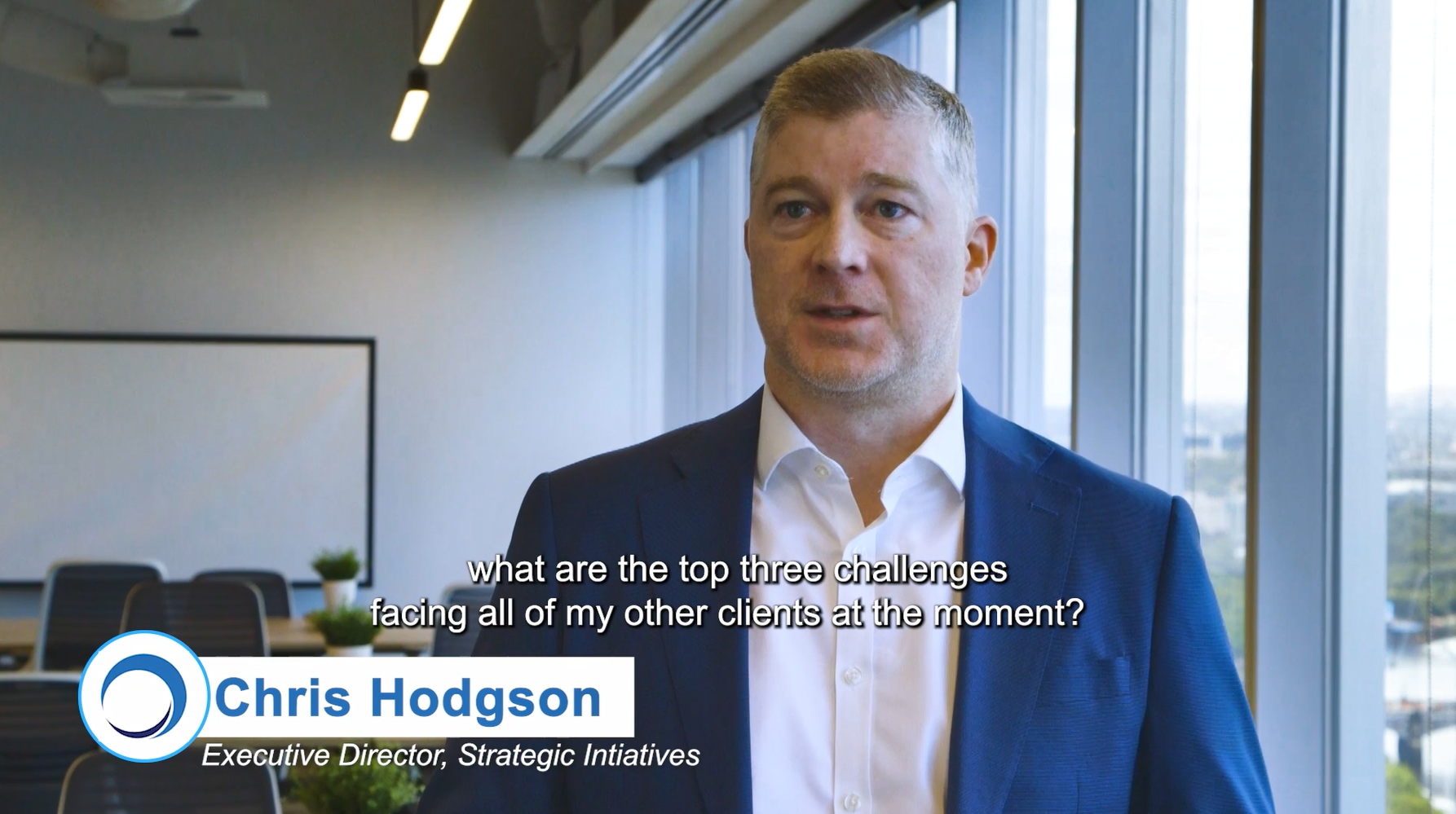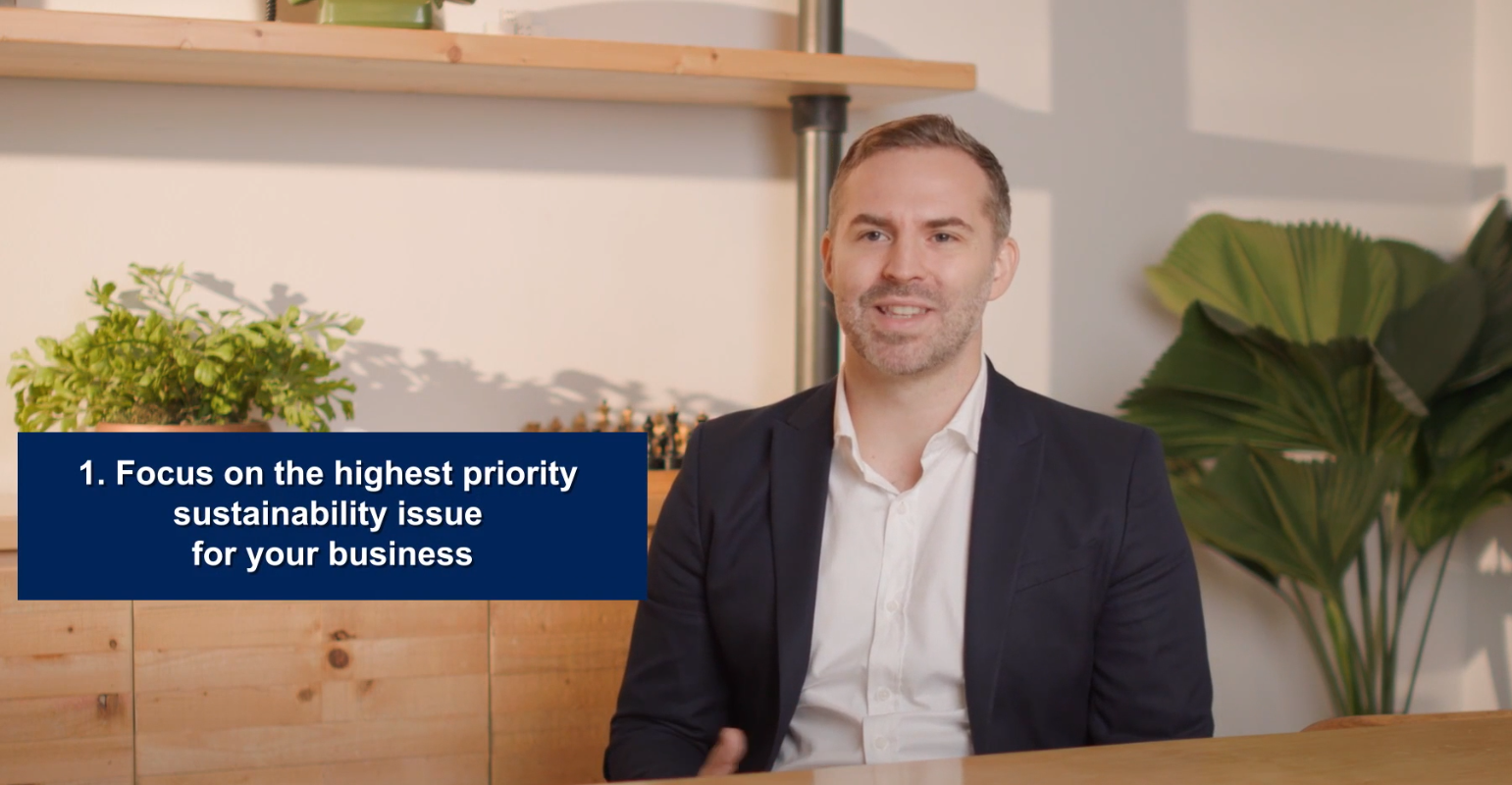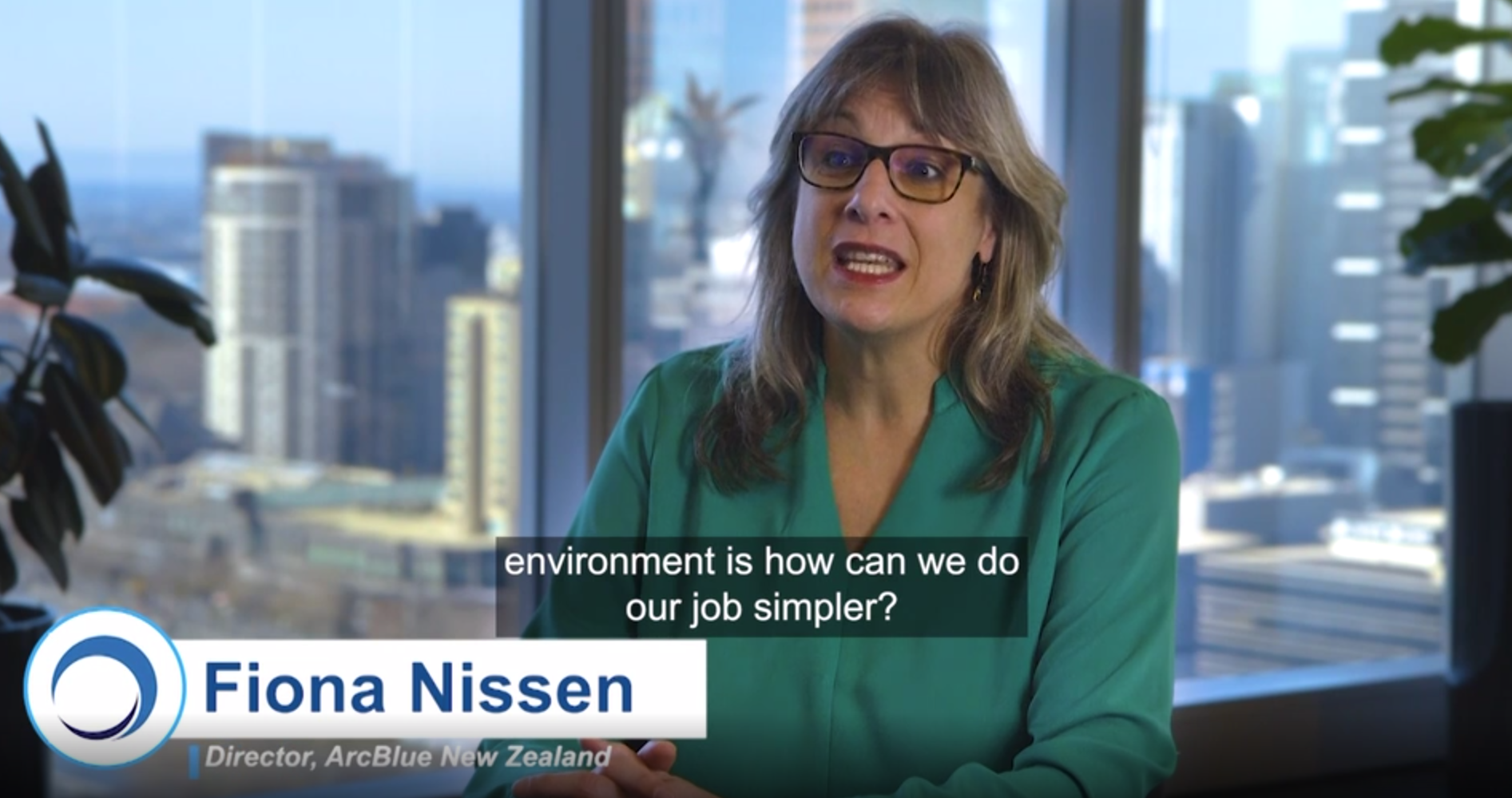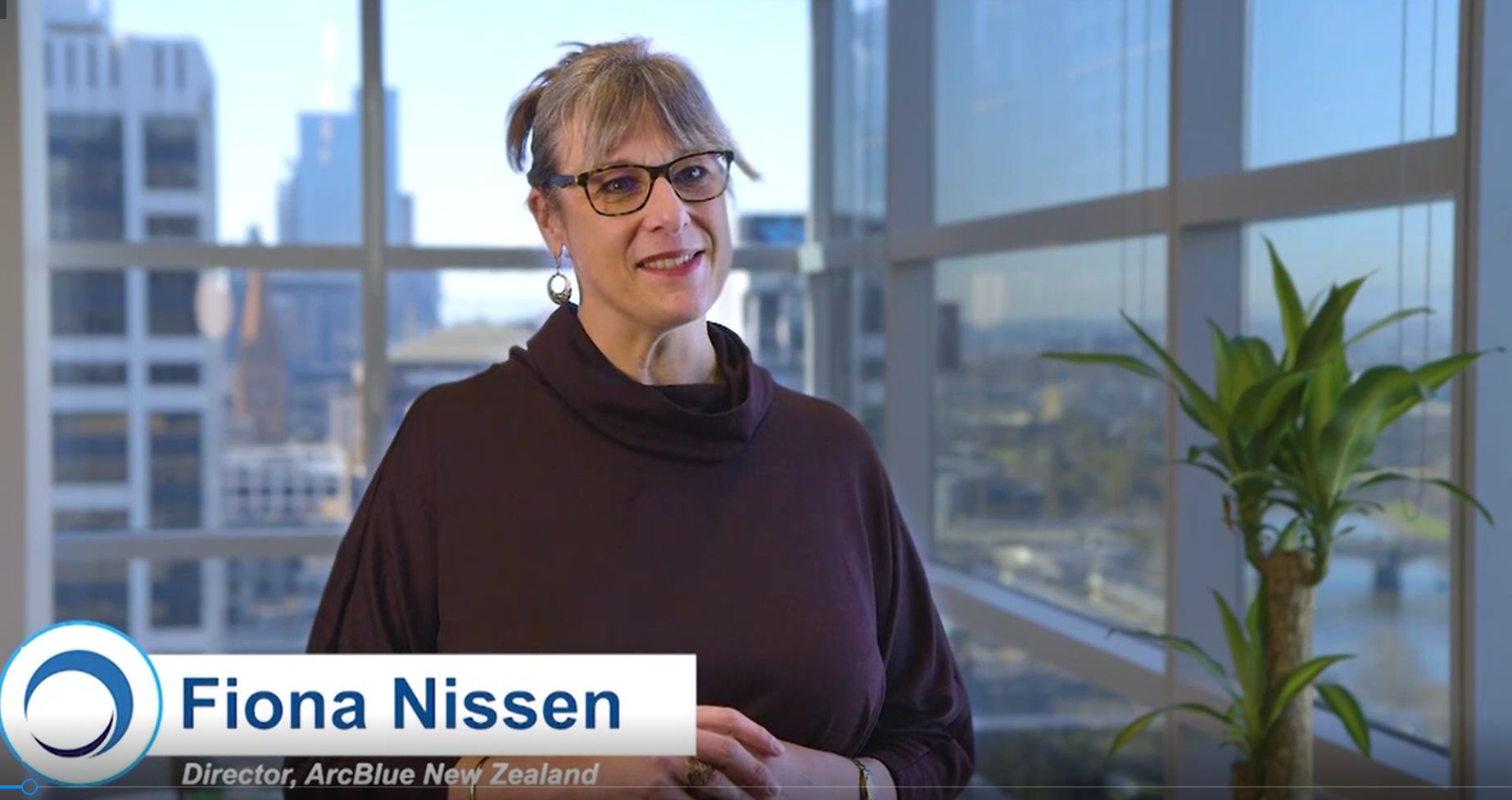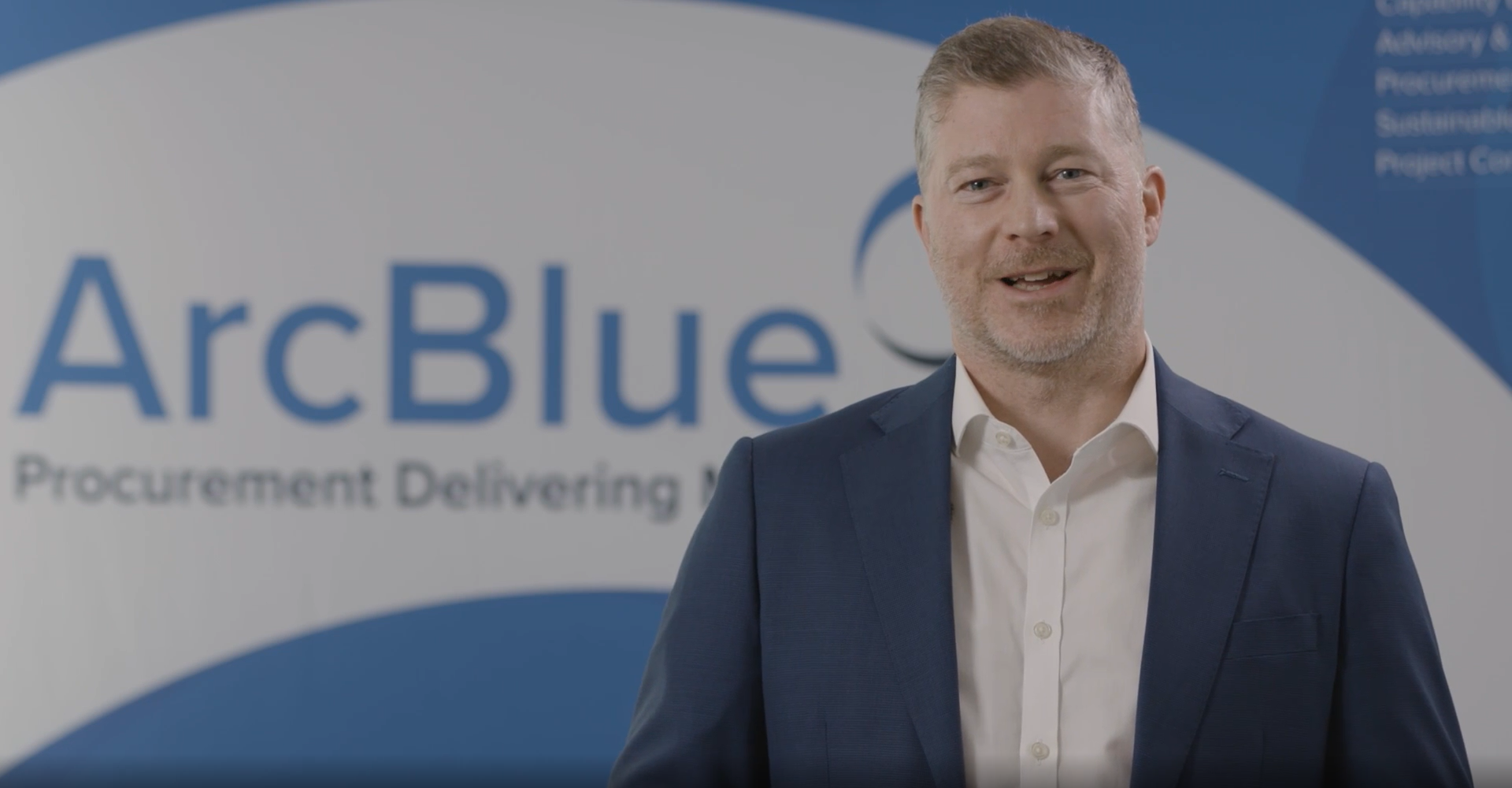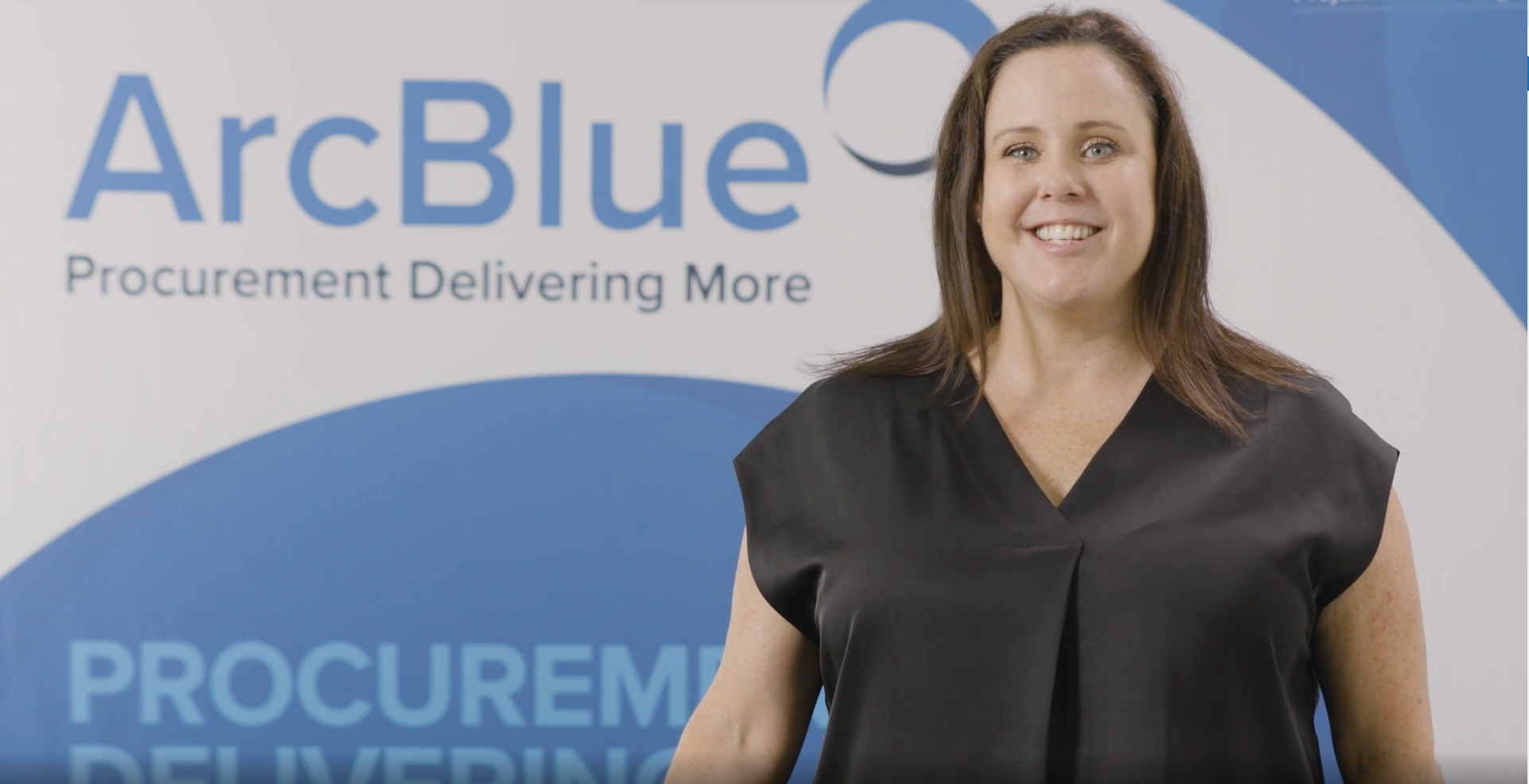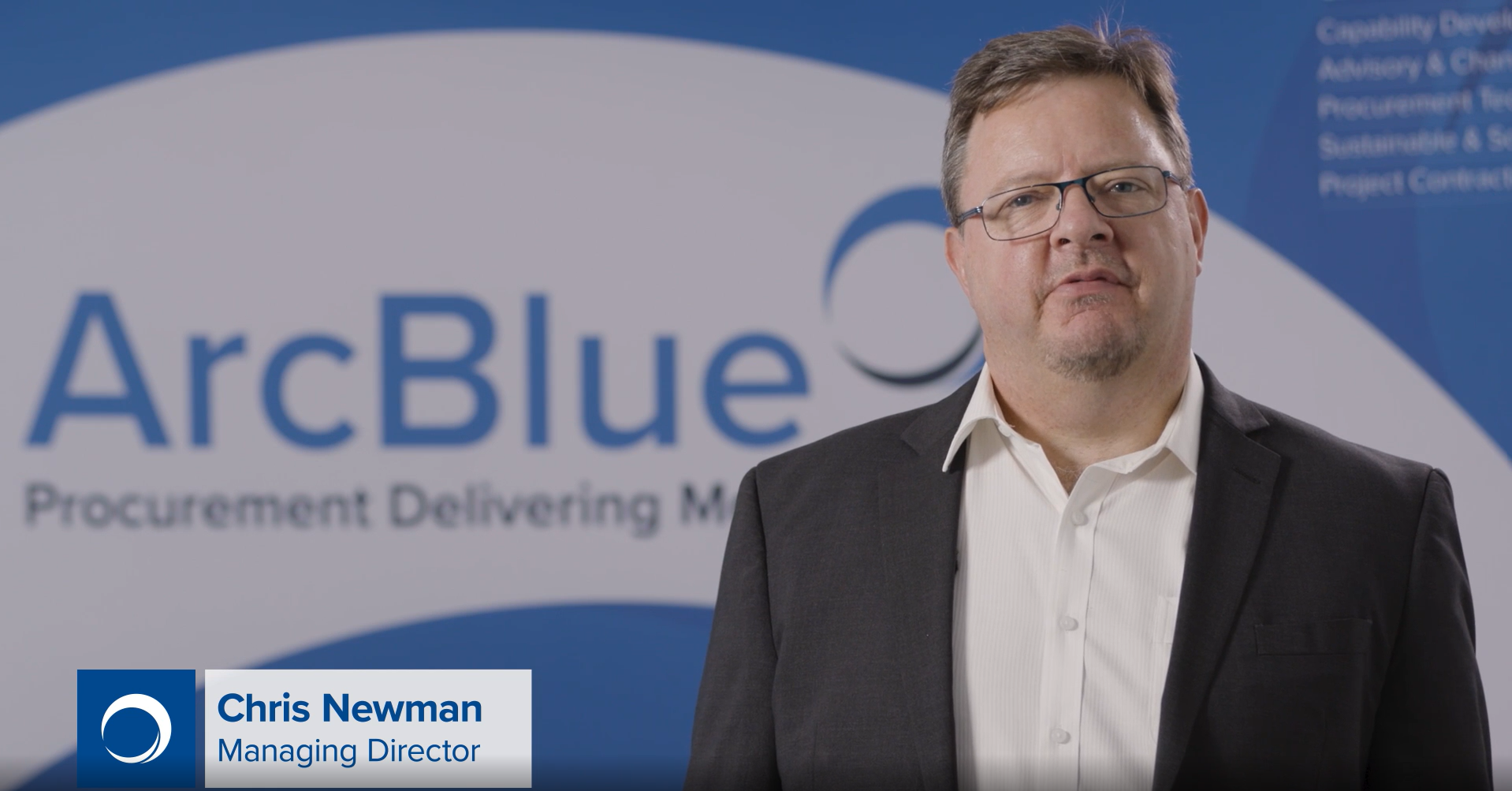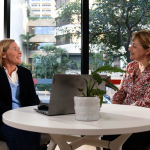- VIDEO
Leveraging procurement in place-based programs
July 2024
“Procurement is really the linchpin in terms of having social and economic impact. It’s the linchpin that pulls together the university partners and the industry partners and the buyers are the suppliers and the people wanting community outcomes. And a lot of people might not have looked at procurement through that lens. But really, it is an incredible enabler in terms of what we can now be doing in the community.” ArcBlue’s Elisabeth Lette, Chris Newman and Kylie McKinlay discuss how procurement is a key lever in achieving place-based outcomes.
Featured
Related Services
Transcript
Kylie: It’s great news that there’s been a funding commitment to Q-Seed in Townsville, but I’m really interested to understand how the place-based programs started in Victoria. Chris, could you tell me a bit about the background?
Chris: We can, yeah. I mean I think at ArcBlue, our interest has always been around how do we influence investment in community to drive outcomes. And our passion around procurement is it’s ability to be not only be thinking about the traditional goals around cost and quality but how do we influence the procurement activity to drive really meaningful social and economic impact?
The first project we got involved with really early on in our experience with ArcBlue was in Geelong where we’d seen the closure of Ford and we’d seen the closure of Alcoa and this impact in Government seeking to invest money to solve the problem – the be committing to invest money into this community. What we found was that, that money wasn’t driving the influence that was needed. Because we focus a lot on the money and not on how that money is spent to really drive the specific outcomes that we’re seeking.
And that’s really where this place-based work came from. So this idea of working collaboratively with multiple organisations who are spending money in a community to seek to make sure we work as hard as we can so that that money actually drives the outcomes.
And in Geelong, that focus was on creating employment and pathways for employment for people in really disadvantaged postcodes where they’ve had significant levels of entrenched disadvantage that have then been exacerbated by the closure of business.
The program, that approach, has really been embraced in that program, then extended across five different communities, across Victoria, and we’ve for seven years, worked across Gippsland to look at how the kind of investment both in terms of the energy transition, in terms of new infrastructure, in terms of organisations seeking to drive activity in that region – how do we influence that expenditure to deliver the sort of change we’re looking for? And what that means from ArcBlue’s point of view is we’re thinking about – how do we influence procurement? So how do we make sure that the procurement capability, the right thinking, the right planning, the right approach is taken at the procurement stage? How do we support suppliers to be ready to have the capacity to respond, to be able to be active? And how do we make sure that the employment outcomes that they can deliver, they’ve got the right supporting agencies in place that understand how to build capacity for inclusive employment in their activity?
To the point in Gippsland where it extended to actually school-based programs, which are how do we make sure that kids are staying in school, they’re getting on the right pathways to employment.
Our vision is around seeing procurement as this lever, but really working in a richer way in ‘places’.
And now those places we’ve worked are in Northern Melbourne, we’ve worked in Western Sydney, we’ve worked in Illawarra, Wollongong, all sorts of different communities with different types of programs, but all with that same basic sort of commitment.
And we’re so excited to see this sort of activity start to happen up here in Queensland because there’s so much investment taking place.
Kylie: I was going to ask you about the partners, so who are some of the types of organisations that you partner with to deliver these programs?
Chris: Well yeah, it’s a good question and I think that’s what’s interesting. One of the interesting things is the University sector. So we’ve worked with Deakin University in Geelong, or Federation Uni, Victoria University in Western Melbourne, University of Western Sydney. So Universities are really important because they play such a role – they’re buyers, they also train people and deliver programs. They also can provide research. So we work with Vic Uni as the evaluation partner on the program. We’re working with Central Queensland Uni as a key partner up in Queensland, so universities have been important.
Local government, of course, because they’re embedded and engaged in place. The Latrobe Valley Authority was this powerful State Government body in Gippsland that really thought about doing Government differently and thinking across different aspects of work, working with employment providers have a critical role, with TAFEs and with educational institutions.
So, I think our role in the place-based program is strengthening the institutions that are in place, not replacing them. It’s actually – how do we help you deliver the roles that you play?
Kylie: How did it come from Victoria to up here in Queensland to Townsville? How did that come about?
Lis: So, one of the unique features around Queensland and Townsville in particular is the fact that we have a large amount of incoming investment coming into pockets of the state that are geographically dispersed from your CBD, your capital location in the south east Queensland corner. So with Townsville we see that there’s a huge incoming investment pipeline. I think Infrastructure Australia forecasts show that for each of the next five years, there’s around $2billion incoming investment into the region in terms of renewables, defence, we’ve got a number of large projects in the region, including Copper String and the Burdekin Pioneer Dam project, for example. And so the Q-Seed program in Townsville, as Chris said, is an opportunity to use some of those concepts around place-based approaches to harness investment and to harness some of that incoming investment that we know is coming into the region and stop it leaking out into other areas that the Townsville community then cannot benefit from.
Kylie: So with the funding commitment coming through recently, what can we expect to see happen in the next two years in Townsville through the program?
Lis: Yeah so that’s really exciting opportunities, and it’s wonderful to have the validation of the program by both government and philanthropy. One of our key funding partners is the John Villers Trust who have a particular interest in regional and remote youth. And so that in itself is one of the benefits, by virtue of that interest of our funding partner, that we’re also going to see through the Q-Seed Program. It’s going to be about collaboratively using procurement to create opportunities – employment opportunities – for the young people of Townsville.
We’ll see tangible, sustainable employment opportunities being created for young people in the region who might otherwise not have been meaningfully engaged in either work or education.
Kylie: Great, so what does ‘collaboratively using procurement’ mean in this context?
Lis: Well, procurement is the common lever of a Seed program. Every organisation needs to procure, or to buy. So what we’re looking to do through the program is lift the capability of both procurement buyers, and suppliers, to harness the opportunities that procurement can bring – to create opportunities for young people.
Kylie: So Chris, in terms of developing and delivering the program, what sort of things are you trying to address with procurement?
Chris: Yeah, thank you. And I guess the key for us is – getting in early. Understanding where that investment is coming from, who’s doing the investment and making sure that the way it’s being planned is going to create the types of opportunities that we’re seeking to deliver.
So because often procurement decisions are made by multiple agencies. They might be sitting in Brisbane, they might be in a capital city, they might be in Canberra. So we need to influence right back to that procurement planning and decision-making process. We need to then look at how the work is being packaged, so that’s how the work has been broken down, are there opportunities to create opportunities for local businesses, for example.
It’s also helping to create a database of information from that local community which is made available to the procurers, so that the procurers are able to understand what are the considerations that they need to make.
Because often, procurement’s rushed, people are busy, you’ve got 100 things to get out the door. If it’s not easy for them to understand the nature of that community, what the particular issues are, what are the sorts of considerations from a social economic environment point of view that we need to take into account, then we won’t get those outcomes.
Kylie: The opportunity’s missed.
Chris: Yeah, the opportunity’s missed and then the money’s gone, and it’s “oh, we missed it, we didn’t do it”. So you’ve for to get the procurement content right. But then it’s about making sure that the suppliers are ready. That the suppliers understand what’s coming. We have visibility of what’s going to be required in a tender or a pre-qualification. We’re working specifically with those suppliers to make sure that they are ready, providing that support early – so it’s not just “right, there’s a month to go, I’ve got to get a tender in but I haven’t got this, this, this in place”. So that sort of support, specifically helping tenderers individually, or potentially together, look at consortium opportunities or creating capacity to respond, and then making sure those suppliers too have got access to what they need. If we’re going to drive youth employment outcomes through this program then we’re going to need to work with partners. We need to make sure we can connect those employers to the right partners who can identify young people, who can provide pre-employment support, who can provide wraparound support for those people to make sure they’re not only getting opportunities but that they’ve got the right sort of training. The training is leading to direct pathways.
So it’s really understanding that this only works when the ecosystems is supported.
We put a lot of energy into getting the money. What we don’t put a lot of energy into – because it’s hard work – on the ground, is making sure that they money that’s been invested… but of course – if you get it right, and we’ve seen that time and again with these programs, we are talking about a legacy of investment that changes lives, changes communities, changes families, that can really mean that when you look back in five years’ time, we’re seeing that this investment has changed the community.
Kylie: So what I’m hearing is that procurement is really the linchpin in terms of having social and economic impact. It’s the linchpin that pulls together the university partners and the industry partners and the buyers are the suppliers and the people wanting community outcomes. And a lot of people might not have looked at procurement through that lens. But really, it is an incredible enabler in terms of what we can now be doing in the community.
Chris: It is, I think it’s not always well understood. And I think it’s the way the economy works. You know, we have relationships between buyers and suppliers. And it doesn’t matter if it’s private sector or public sector or any, you know, and I think it’s sort of this increased understanding that if we can influence that lever, that if we can do that well, then it becomes the key as you say, to kind of unlocking some of these opportunities.
I guess what we’re really encouraging is – let’s do that next piece of work. Let’s recognise how important that next step is, how that money is being spent. That’s what’s really going to make the difference. That unless we work hard, just investing the money itself won’t drive change, you know, and it won’t deliver the outcomes that we’re looking for.
KEEP WATCHING







